
Datura Stramonium: The Enigmatic Thorn Apple Plant
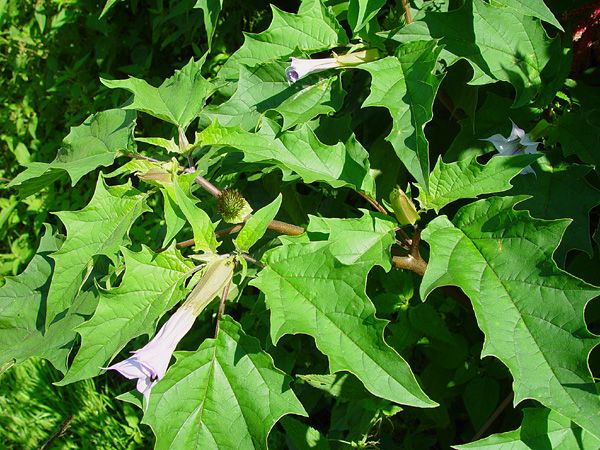
Datura stramonium (Thorn Apple): The Beautiful but Dangerous Plant
Datura stramonium, also known as thorn apple, jimsonweed, devil’s trumpet, or simply datura, has intrigued and alarmed people across cultures for centuries. Its striking, almost mystical beauty contrasts sharply with its highly toxic nature, earning it a dual reputation as both a sacred plant and a source of danger. From traditional medicine to folklore, Datura stramonium continues to be a plant of fascination, mystery, and caution.
Botanical Overview
Datura stramonium belongs to the nightshade family (Solanaceae)—a diverse plant family that also includes tomatoes, potatoes, and deadly nightshade (Atropa belladonna). Originating in the Americas, it has spread across the world and thrives in warm climates, especially in disturbed soils such as roadsides, abandoned fields, and pastures.
Key Features:
-
Height: Grows up to 1.5–2 meters, depending on soil and climate conditions.
-
Leaves: Large, dark green, with irregular lobes and a slightly unpleasant odor when crushed.
-
Flowers: Elegant, trumpet-shaped blossoms that are usually white or pale purple, blooming mostly at night and giving off a sweet yet heavy fragrance.
-
Seed Pods: Distinctive spiny capsules, which split open when mature to release hundreds of small, black seeds that can easily spread by wind or animals.
Chemical Composition and Effects
The potency of Datura stramonium lies in its alkaloid content, particularly:
-
Atropine
-
Scopolamine
-
Hyoscyamine
These compounds have strong effects on both the central and peripheral nervous systems, acting as anticholinergic agents—they block the neurotransmitter acetylcholine, leading to a range of physiological and psychological reactions. Depending on the dose, effects may include mild sedation, blurred vision, hallucinations, confusion, delirium, and in extreme cases, coma or death.
While these alkaloids are used in controlled medical settings—for example, atropine is sometimes used to treat bradycardia (slow heart rate)—the concentration in Datura is unpredictable, making self-medication extremely dangerous.
Historical and Cultural Uses
Throughout history, Datura stramonium has been used in traditional medicine, spiritual rituals, and even witchcraft. Ancient healers employed it to treat asthma, muscle spasms, and pain, often in the form of smoke or ointments. However, due to its hallucinogenic and deliriant properties, it was also associated with visions, trances, and shamanic practices in many indigenous cultures.
In medieval Europe, it was sometimes linked to witches’ “flying ointments,” believed to induce vivid hallucinations and out-of-body experiences. In modern times, researchers continue to study its chemical compounds for potential medical applications, though its use remains highly restricted.
Health Risks of Datura stramonium
Despite its historical significance and ornamental beauty, Datura stramonium is extremely toxic. All parts of the plant—leaves, flowers, seeds, and roots—contain poisonous alkaloids. Ingestion can cause severe symptoms including:
-
Hallucinations and delirium
-
Rapid heartbeat and high fever
-
Dilated pupils and blurred vision
-
Dry mouth and difficulty swallowing
-
Respiratory distress, convulsions, and even death in high doses
Even minimal exposure, especially in children or pets, can lead to dangerous poisoning.
Accidental Poisonings and Public Concerns
Datura stramonium is occasionally planted for its dramatic flowers, but this beauty hides a serious threat. In some cases, its seeds have been misused as hallucinogenic drugs, leading to hospitalizations and fatalities. Because the toxic dose varies unpredictably between plants, no amount can be considered safe.
Children and animals are especially vulnerable, as the spiny seed pods can be tempting to touch or play with. Reports of accidental poisonings highlight the urgent need for public awareness about this hazardous species.
Prevention and Management
To reduce the risk of poisoning:
-
Gardeners should learn to identify Datura and wear gloves when handling or removing it.
-
Avoid planting it near homes, schools, or areas where children and pets play.
-
Dispose of the plant safely—burning or sealed disposal is preferred to prevent seed spreading.
-
In case of suspected ingestion or contact, seek immediate medical attention.
Prompt treatment, including activated charcoal or hospital observation, is critical for survival. Early intervention greatly improves outcomes in cases of poisoning.
A Word of Caution for Gardeners
While Datura stramonium may lend an exotic touch to a garden, its potential for harm outweighs its beauty. Those who wish to cultivate trumpet-shaped flowers can opt for non-toxic alternatives such as Brugmansia or ornamental morning glory. Always research the plants you intend to grow and prioritize safety over appearance.
If you suspect Datura stramonium is present in your garden, take steps to remove it carefully and educate others about its dangers. Awareness is the best defense against accidental exposure.
Conclusion
Datura stramonium is truly a plant of contradictions—gorgeous yet deadly, ancient yet modern, medicinal yet toxic. Its role in science, medicine, and culture reflects both the healing and destructive power of nature. When admired from a distance, it serves as a reminder that beauty in nature often comes with risk.
Respect and caution are essential when dealing with this enigmatic plant. Understanding its history and properties allows us to appreciate its complexity—without falling victim to its peril.
News in the same category


🌿 SENIORS: This 1 Leaf DESTROYS Diabetes & Melts Belly Fat (Doctors HATE It!) | Barbara O’Neill
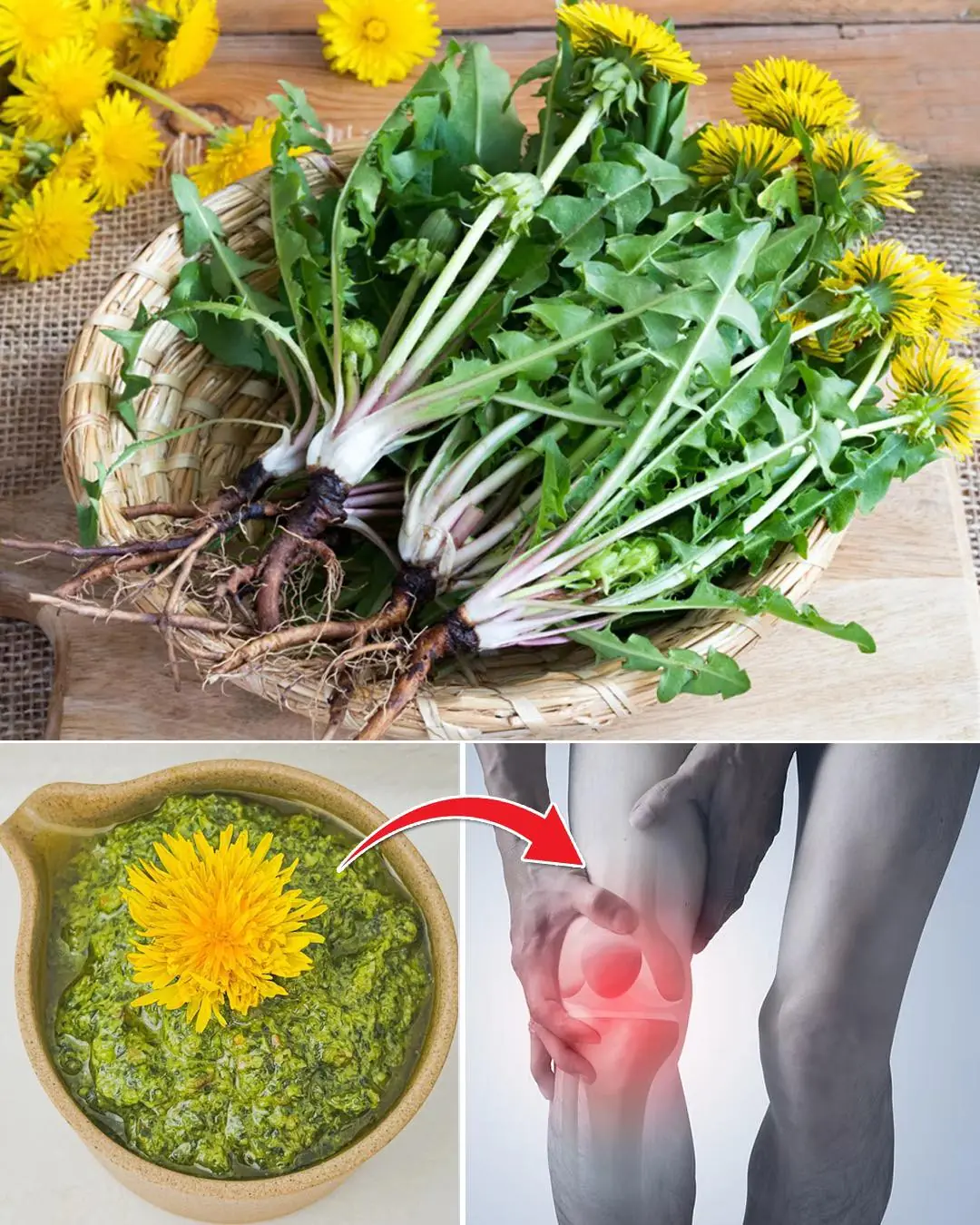
10 incredible ways to use dandelion
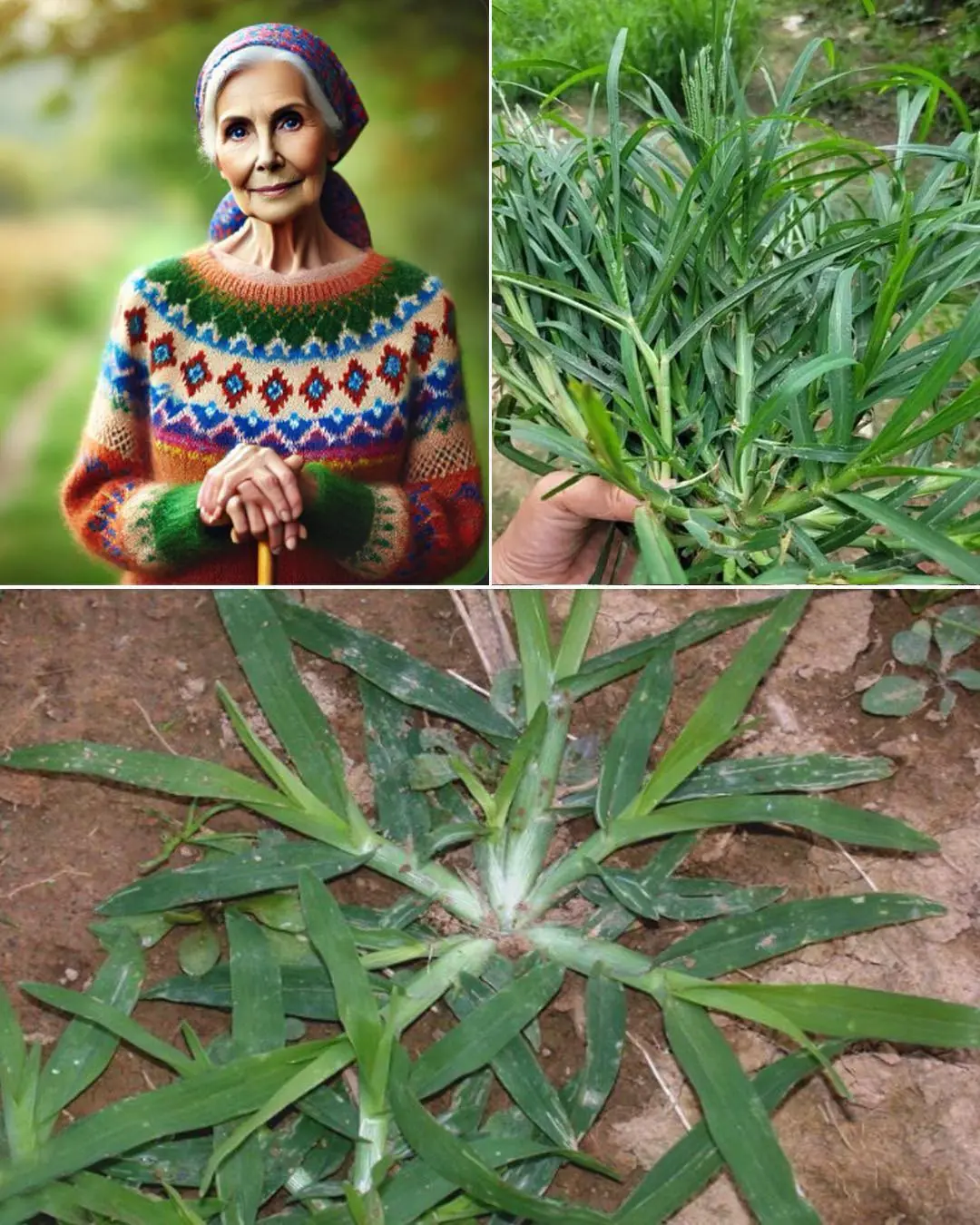
Goosegrass: Health Benefits and Uses
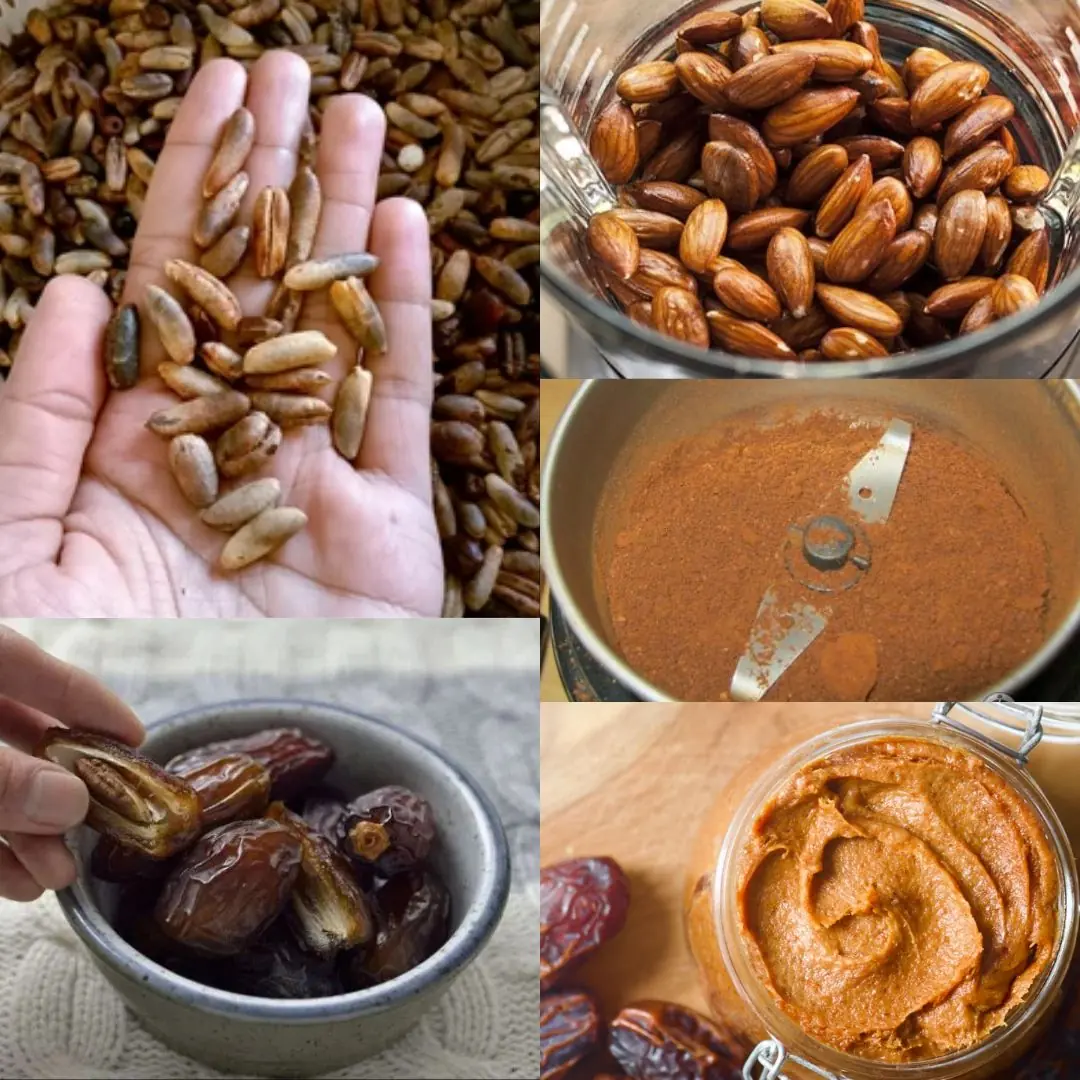
Don’t Throw Away Date Seeds – Here’s Why They’re So Powerful
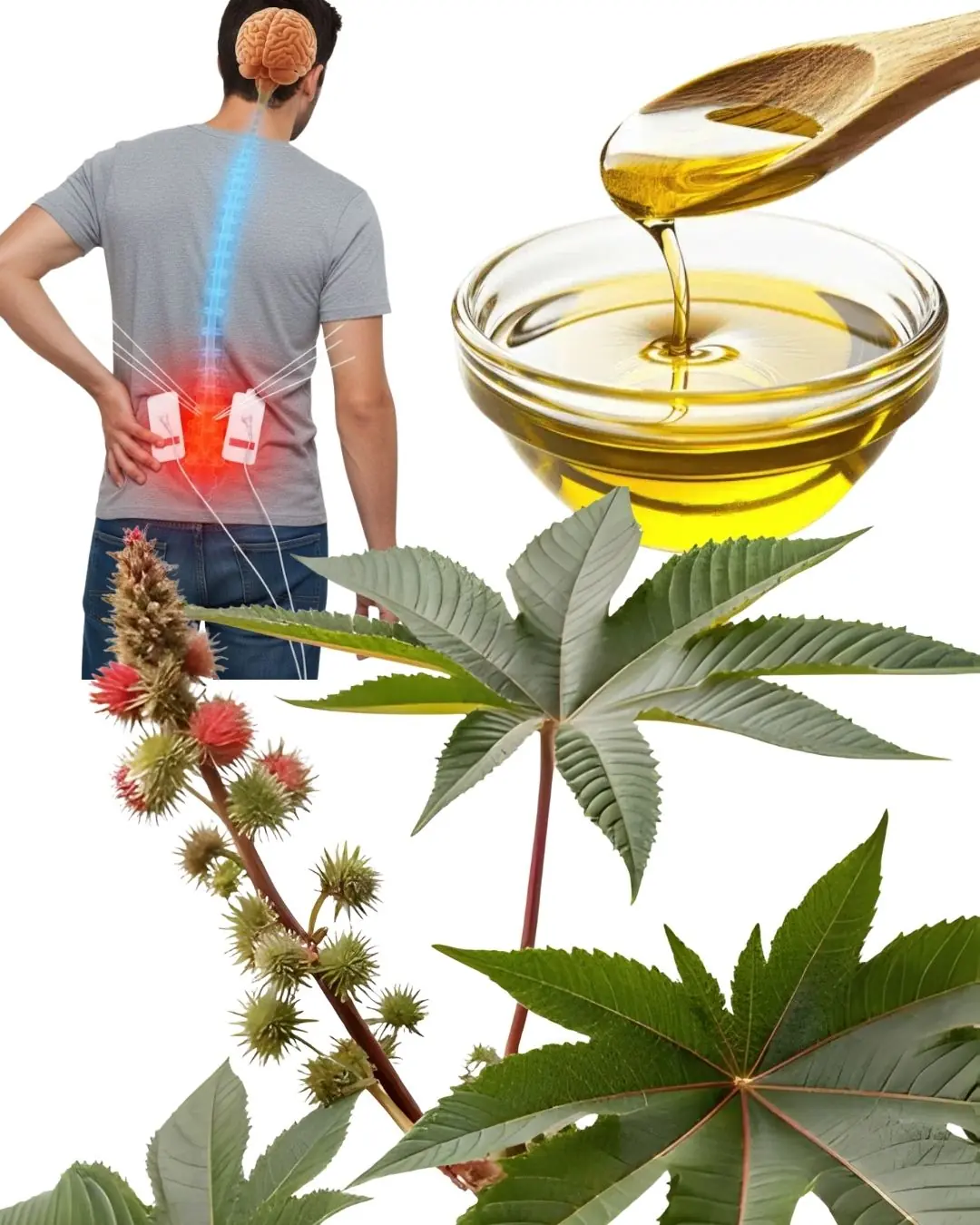
🌿 Discover the Hidden Gold in Your Garden: The Amazing Power of Castor Leaves

Discover the miracle drink that helps seniors rebuild knee cartilage quickly
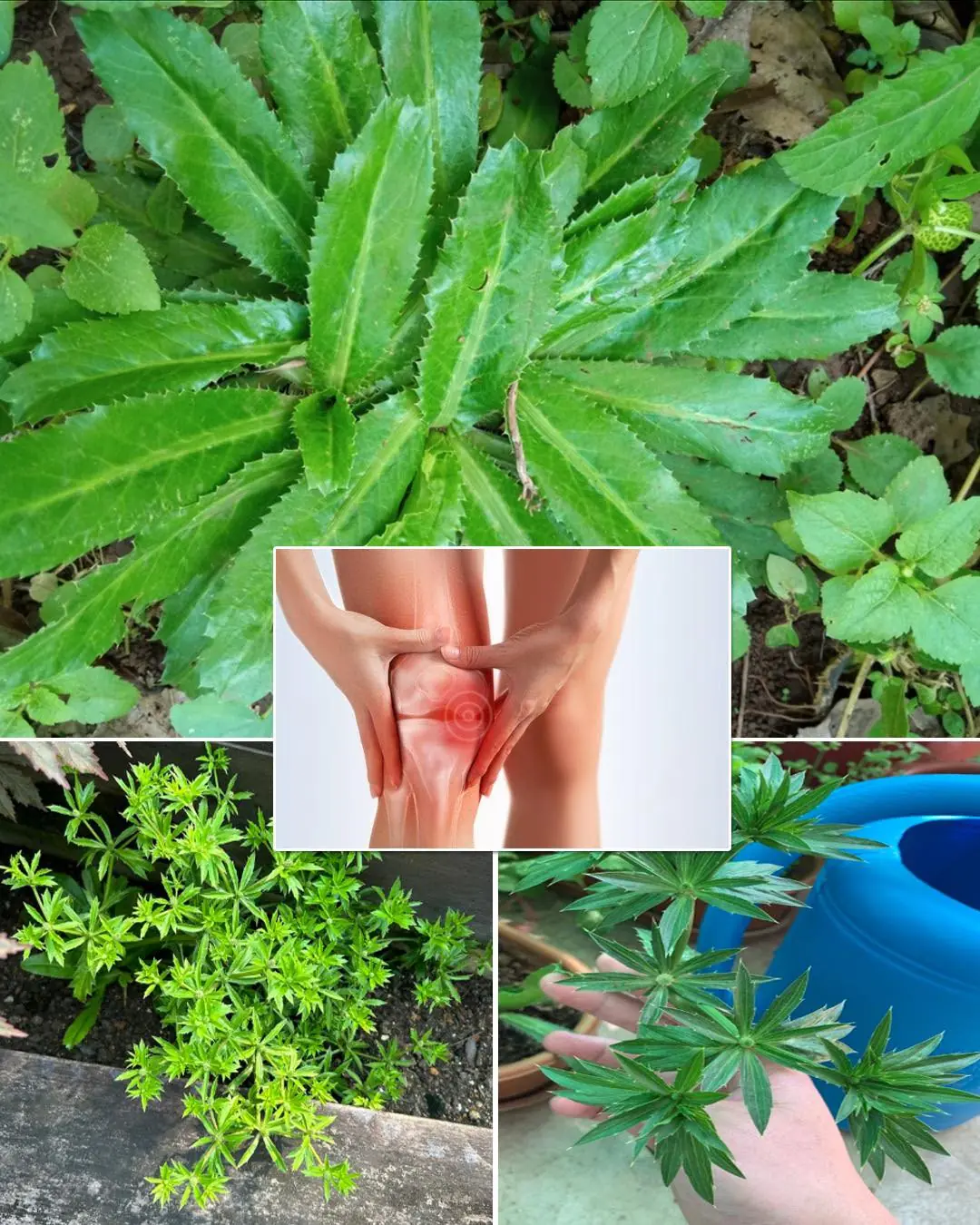
Culantro Herb Benefits and Uses: The Powerful Healing Plant You Should Try

5 Natural Remedies for Cracked Heels: Red Onion, Sea Salt & More
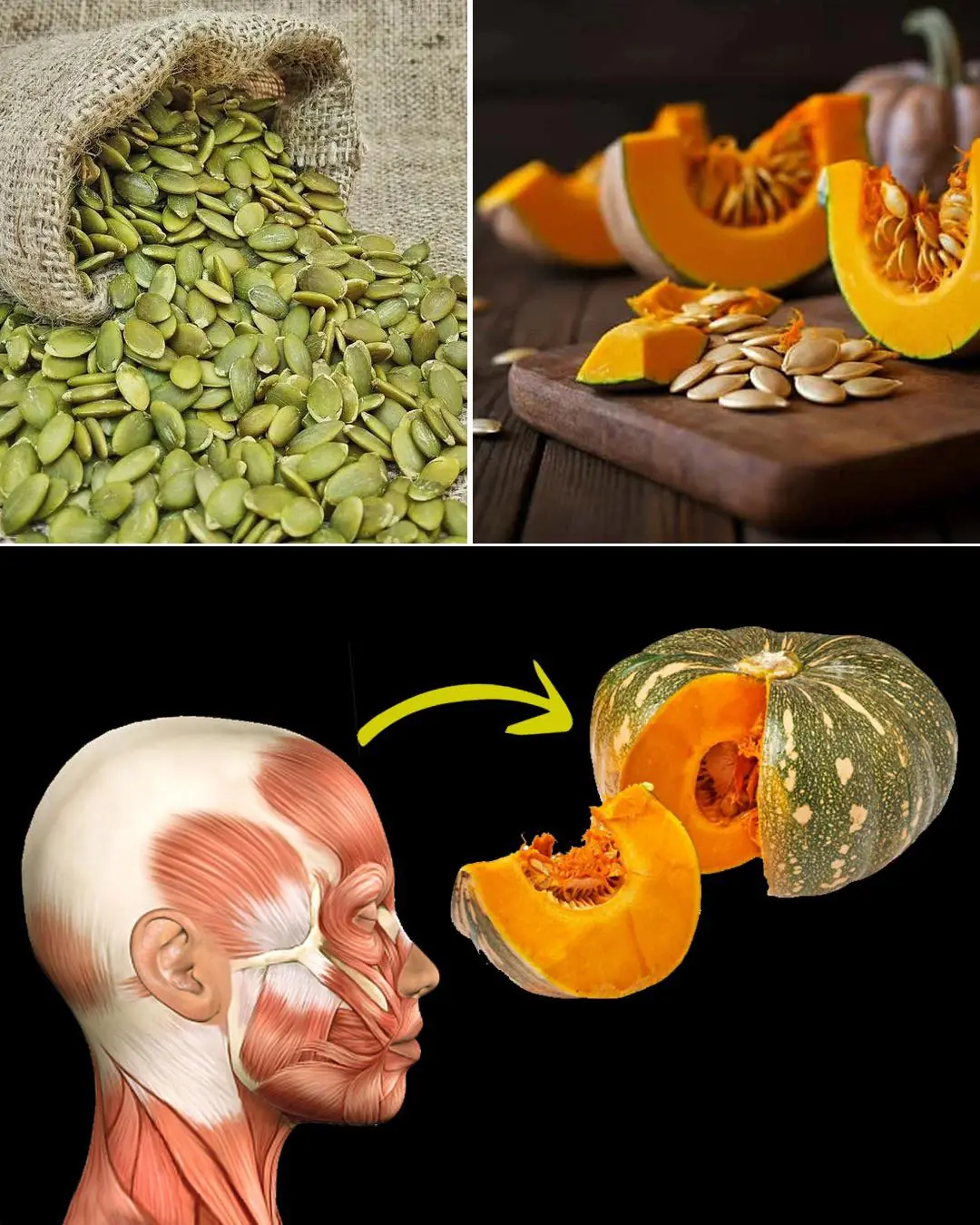
Pumpkin Health Benefits: The Forgotten Superfood You Need Daily
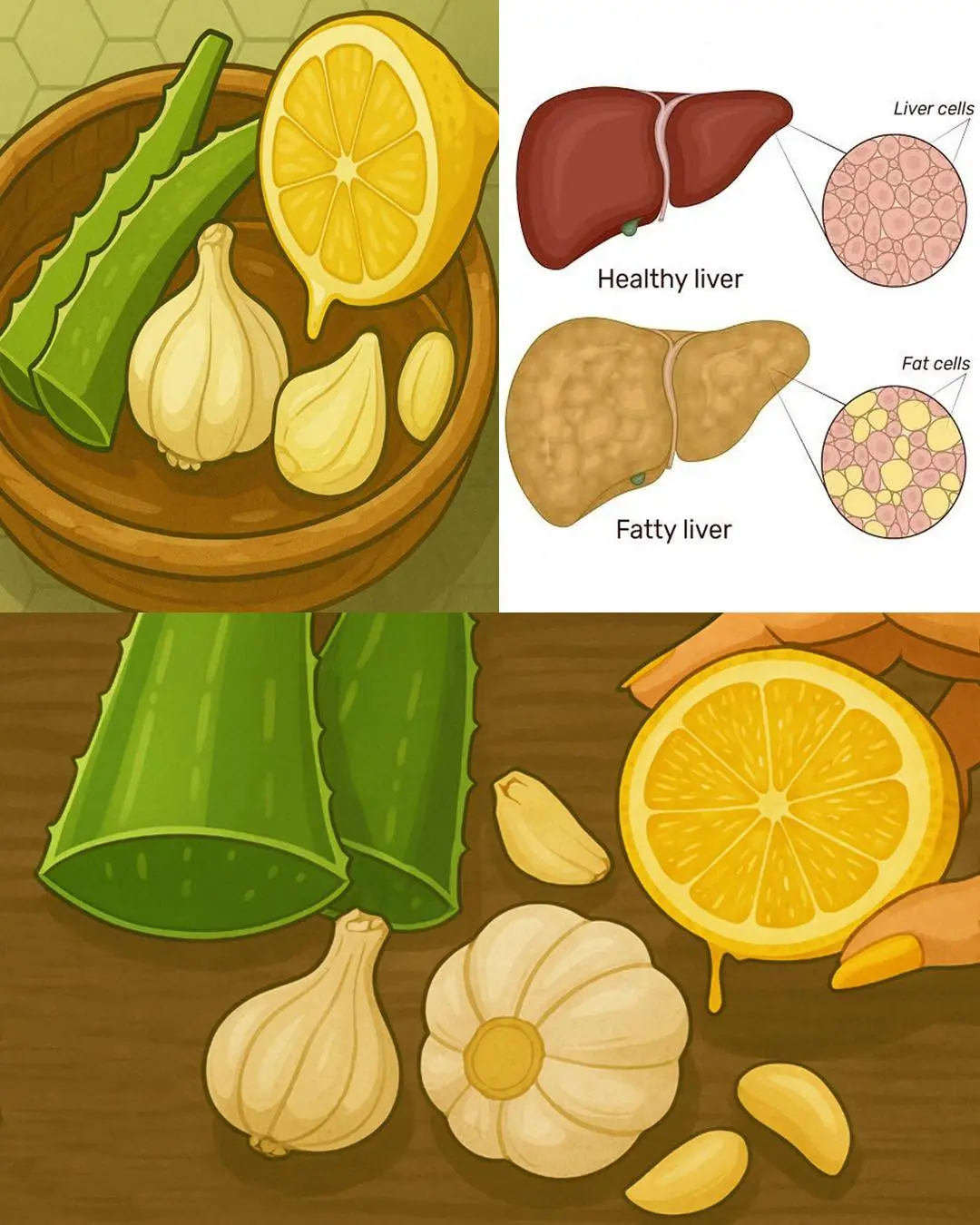
Aloe Vera Super Remedy: Stronger Than Garlic, Lemon, and Fights Bacteria & Fungi Naturally
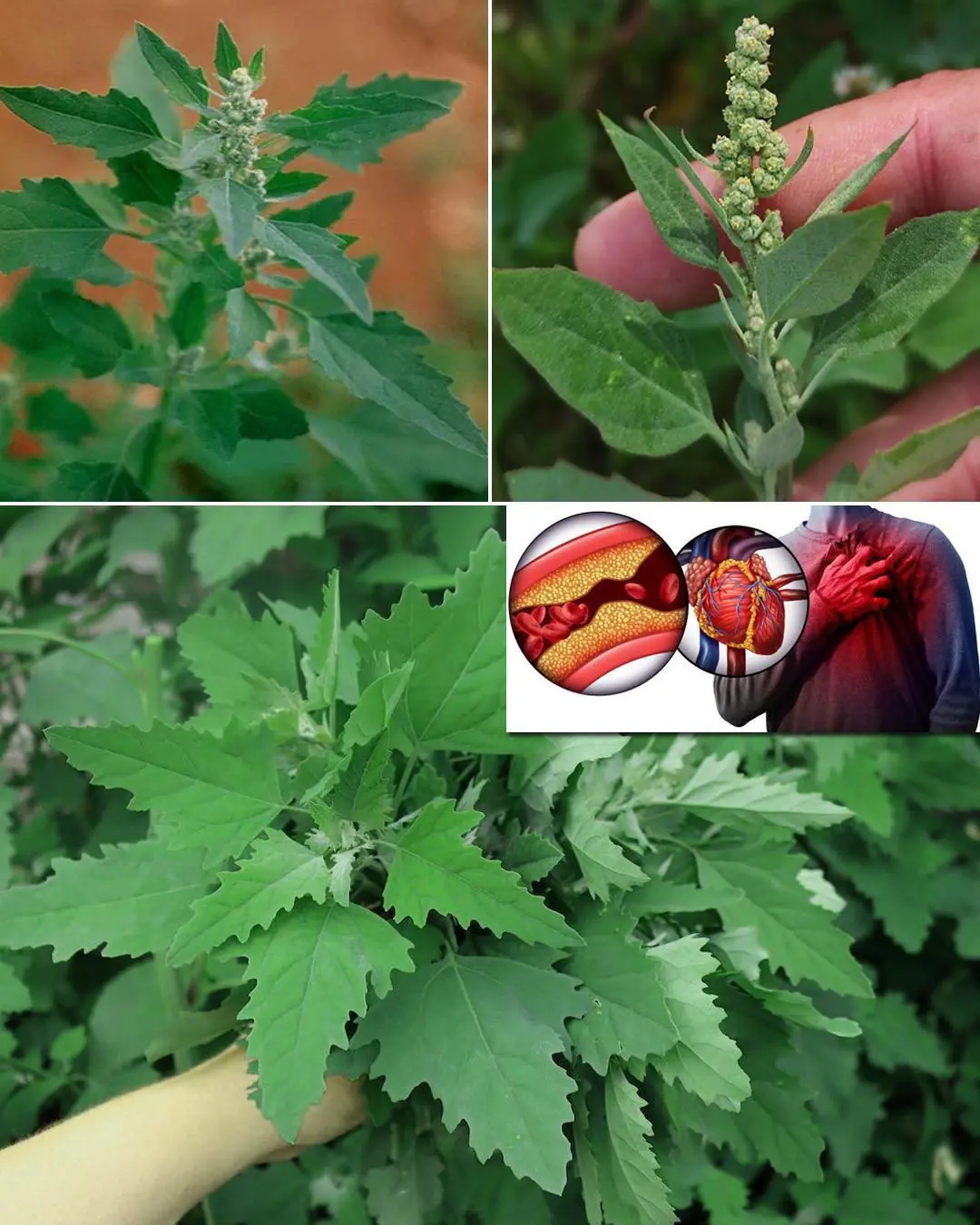
Lamb’s Quarters/Wild Spinach a superfood with health benefits
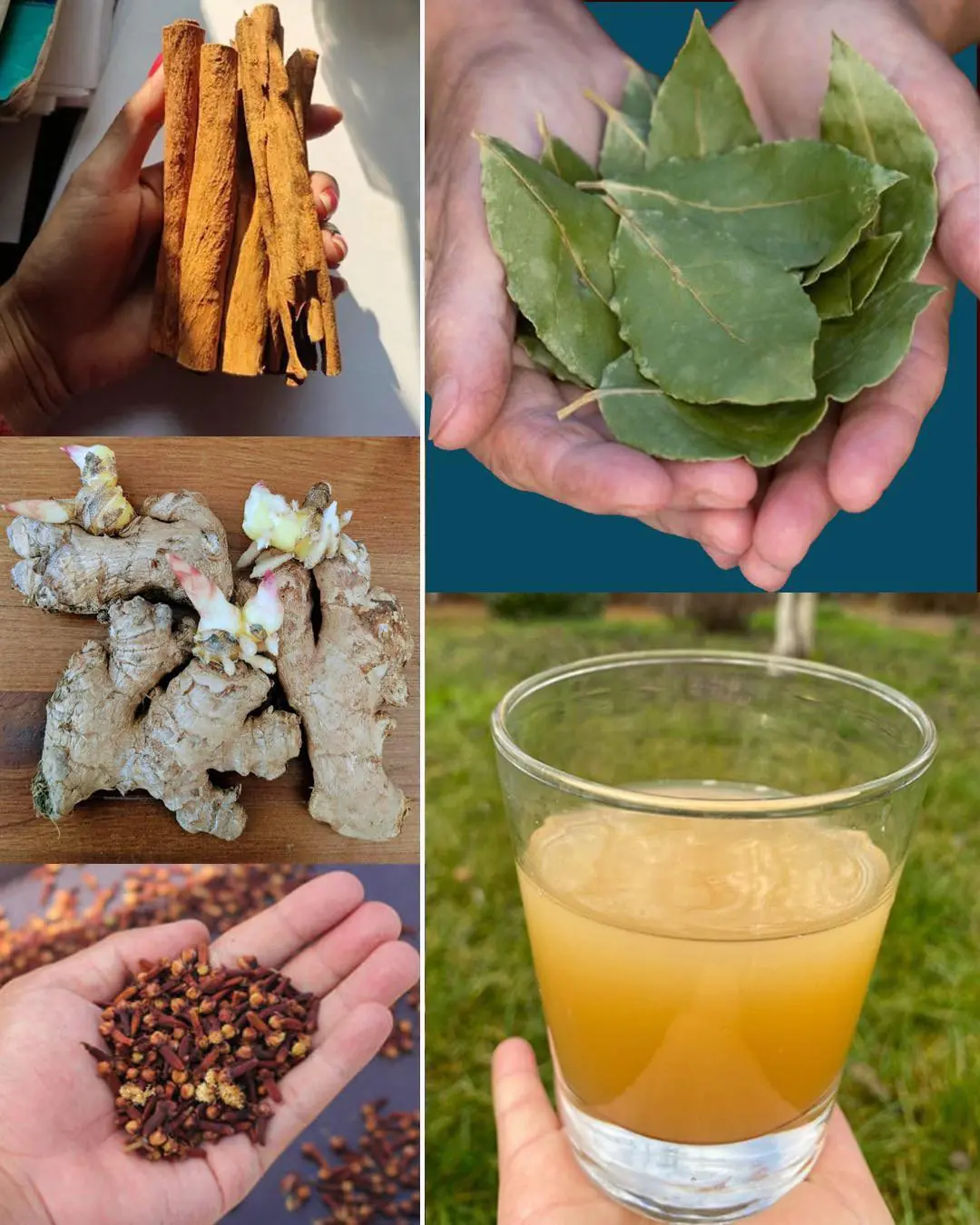
Powerful Cinnamon, Ginger, Bay Leaves, and Cloves Drink: Health Benefits & How to Use It
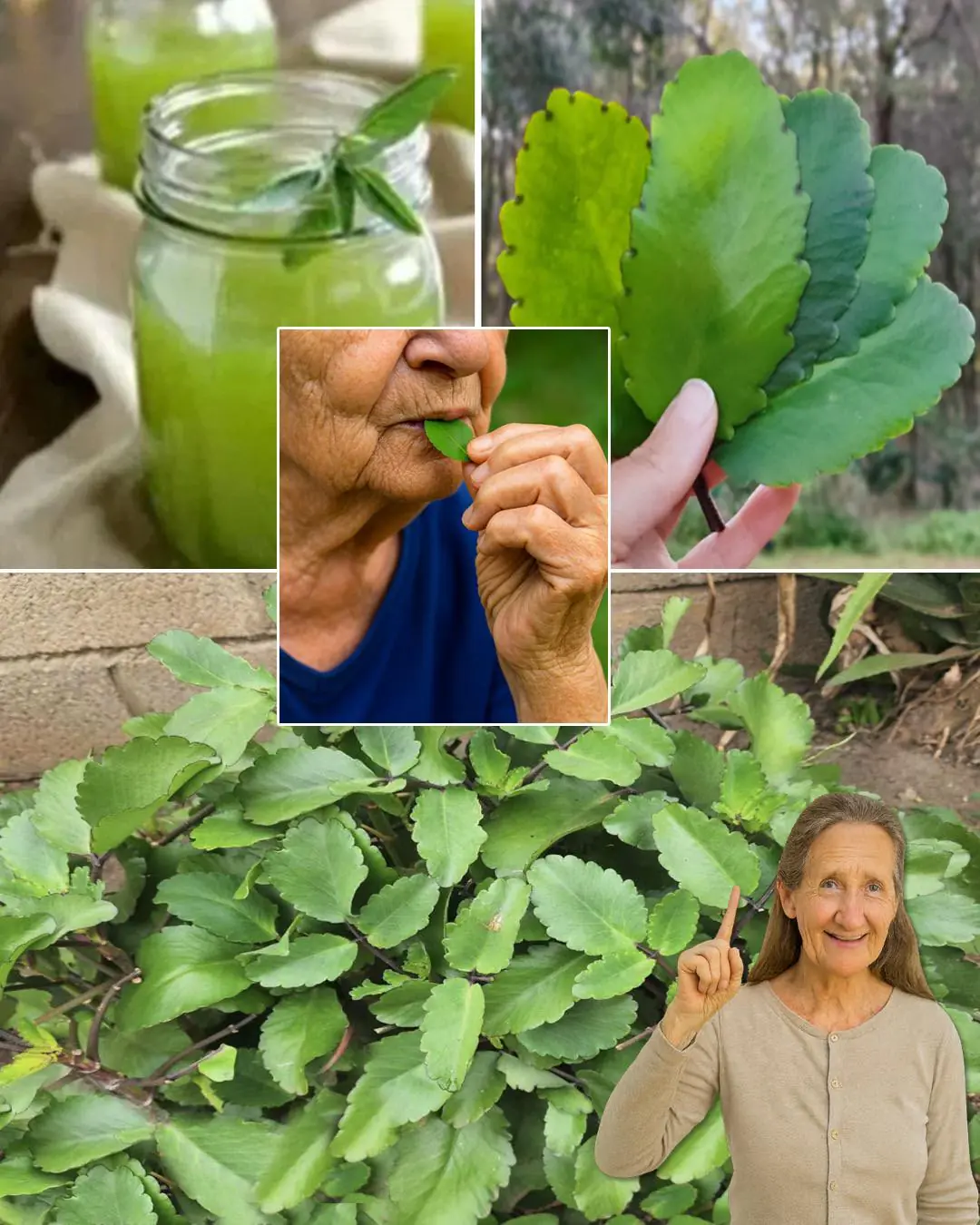
7 Benefits of the Miracle Leaf of Life
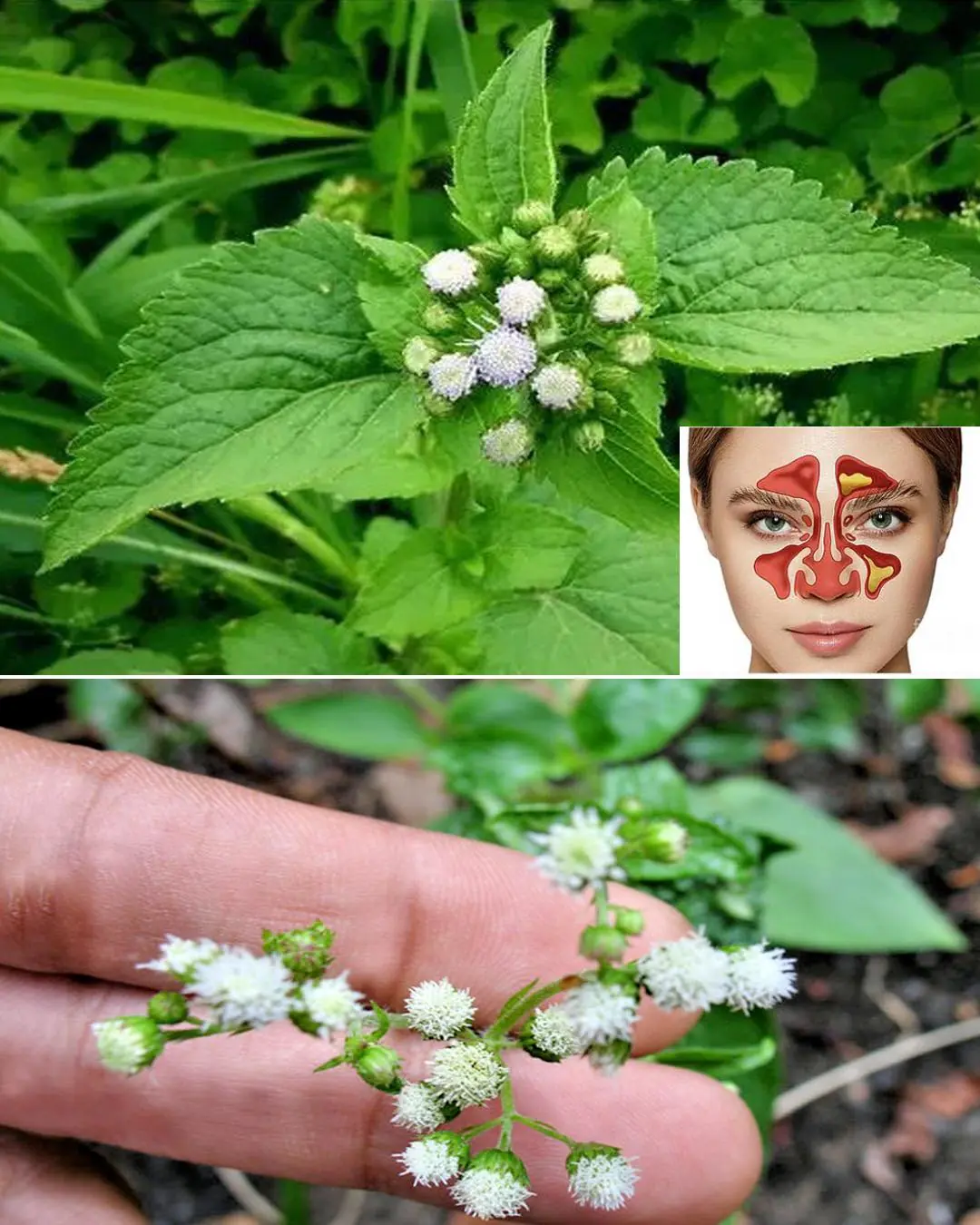
7 Benefits and Uses of Ageratum conyzoides
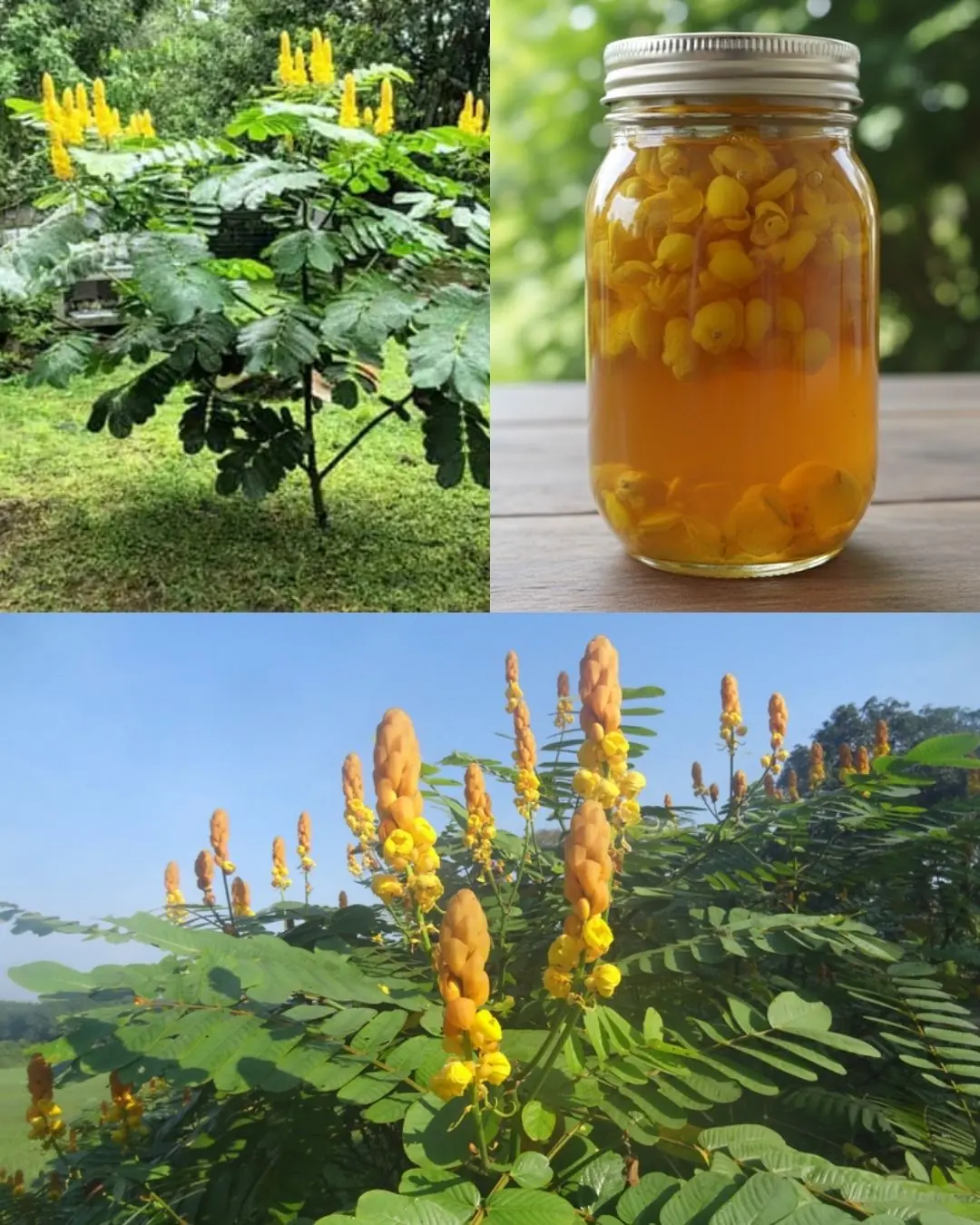
The Powerful Medicinal Benefits and Uses of Senna alata
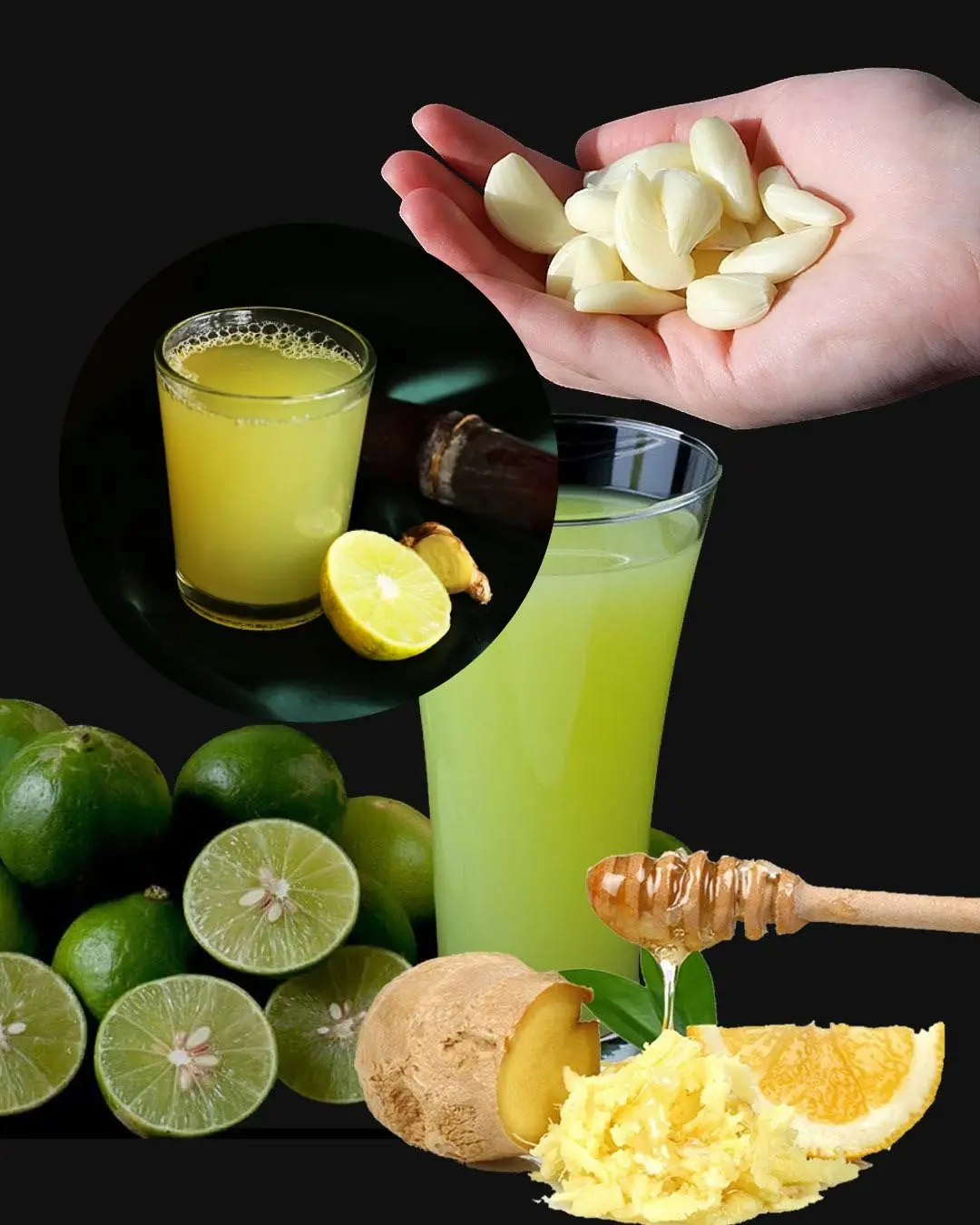
Search Results for: Ginger–Turmeric–Honey: A Golden Natural Remedy
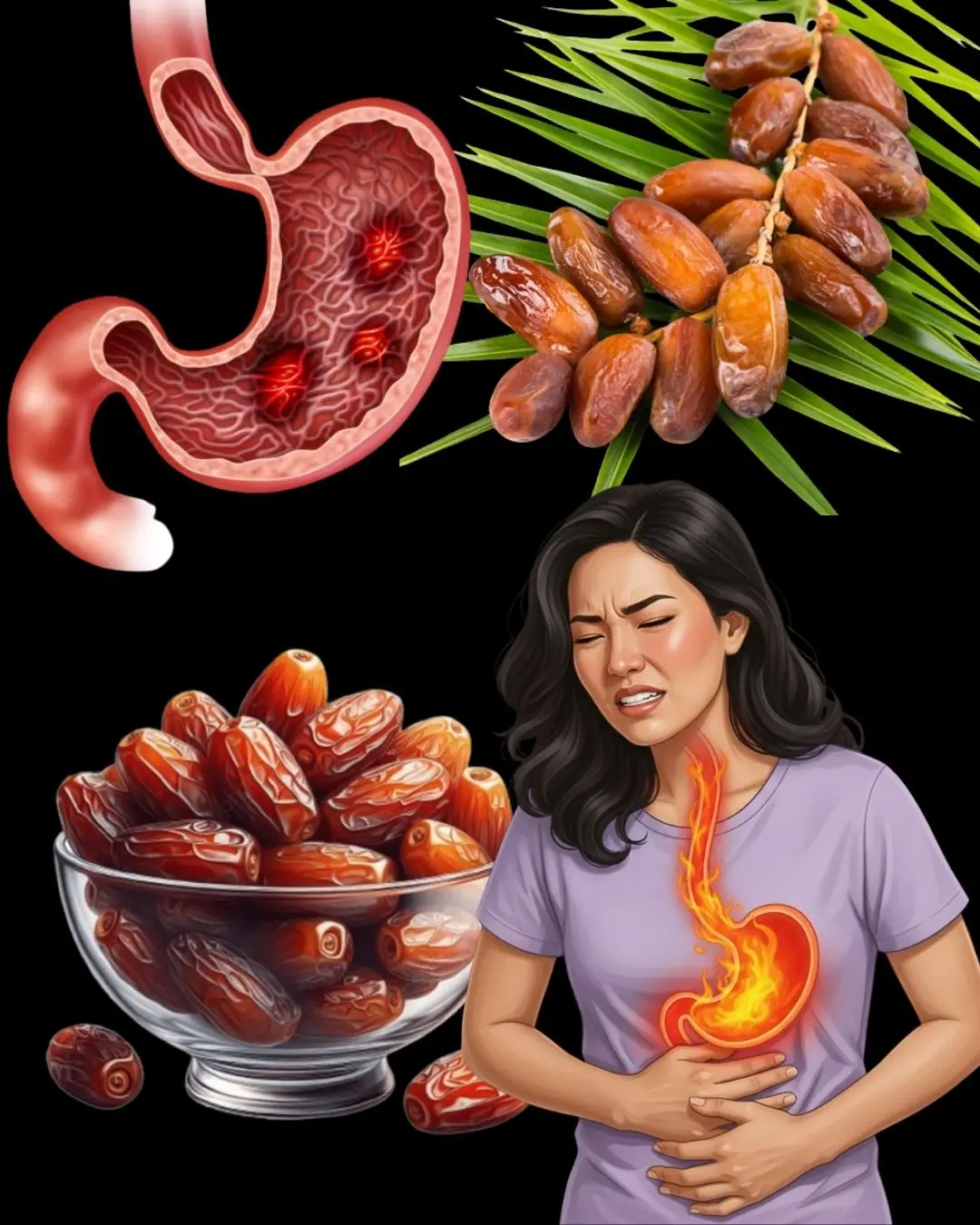
Unlock the Forbidden Sweetness: Why Dates Are the Ultimate Superfood Hiding in Plain Sight
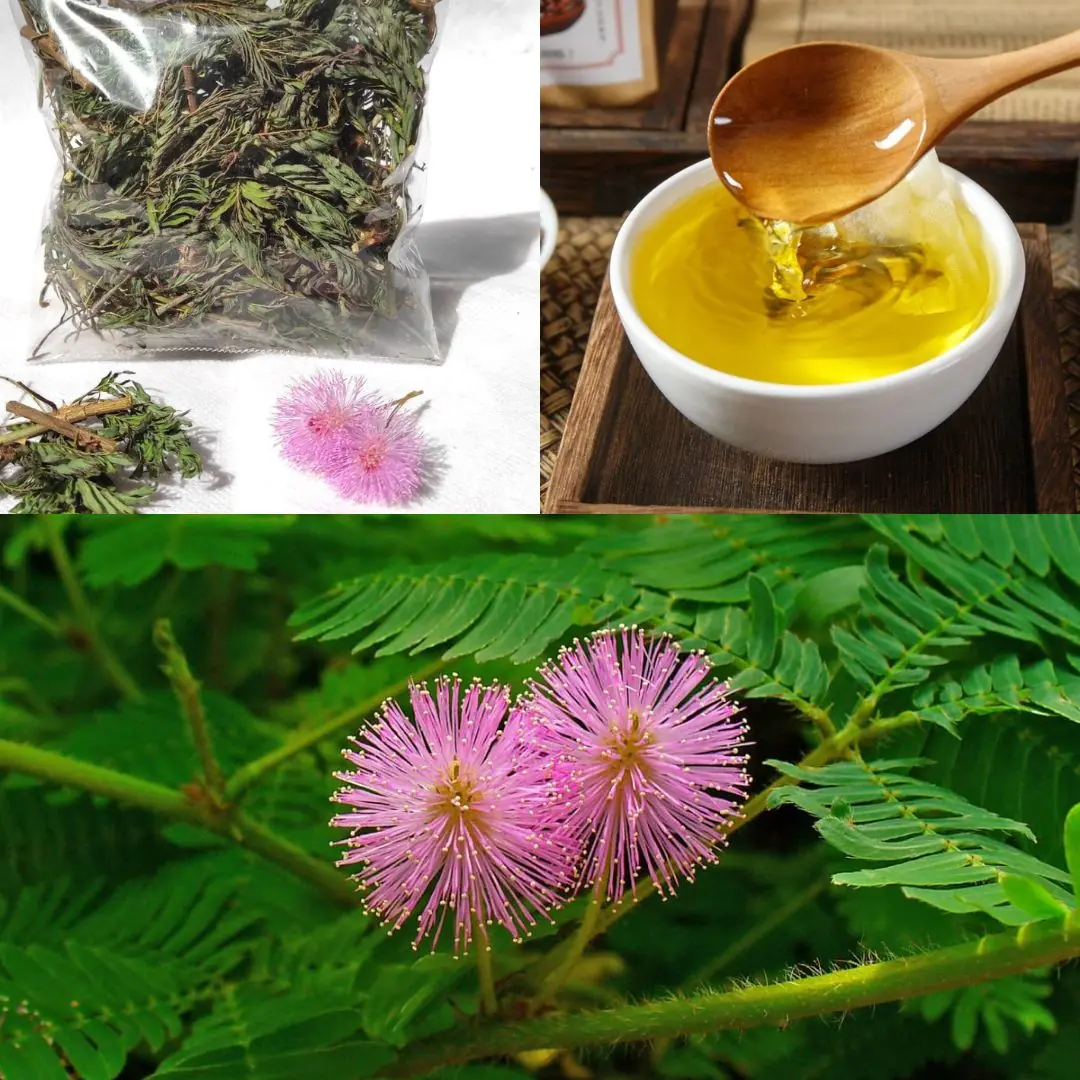
The Digestive Benefits of Mimosa Pudica: A Natural Gut Cleanser
News Post

What Your Lips Say About Your Health

Important News for Everyone Who Loves a Daytime Nap

The Night Edith Found Her Angels at a Waffle House

The Dog Who Healed Our Hearts: A Story of Rescue, Love, and Second Chances

A Night at McDonald’s That Changed a Life — And Mine

Beyond the Badge: A Police Officer’s Reflection on True Community Connection

Koda the Christmas Bandit: The Dog Who Unwrapped Every Gift Under the Tree

A Brother’s Gift: Caleb’s Courage for His Sister Libby

Two Brothers, One Battle: The Scotts’ Fight for Life and Hope

An Elephant’s Cry, A Human Answer.

The Farmer’s Slow Lane

The Gift of a Grandfather Without Bloodlines.

12 Powerful Natural Painkillers Found in Your Kitchen

11 Honey Remedies That Truly Work

4 Dangerous Mistakes When Using an Air Fryer That Can Lead to Poisoning, Cancer, and Even Fires

The Secret of Our Hand to Show RICH or POOR…

The Purpose of the Overflow Hole in Your Sink You Never Knew

Only 2% Know This Ancient Spice Can Clean Lung Mucus Overnight 💥

🌿 SENIORS: This 1 Leaf DESTROYS Diabetes & Melts Belly Fat (Doctors HATE It!) | Barbara O’Neill
